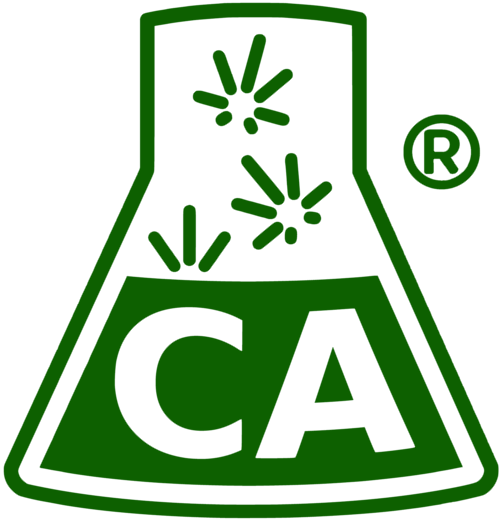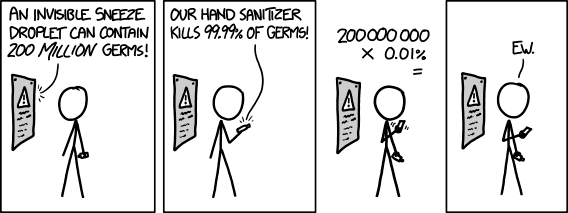Seems like a simple question, doesn’t it? Clearly both have the same value, but 24 is different from 24.0 – in terms of implied precision, or certainty of the last digit.
Because of the presence of the “.0”, the implication is that the value of the first two digits (24) is precise but the value of the “.0” is not, as it represents a range of plus or minus 0.1 (or 1 unit at that scale). So 24.0 can also be represented as 24.0 ± 0.1, or as the range 23.9 to 24.1. Similarly, for 24, the implication is that the 2 is precise but the 4 is not, so 24 can be represented as 24 ± 1, or the range 23 to 25.
Thus we see how the rightmost, or least significant digit can impact the value of a measurement – the spread between 23 and 25 is much larger than the spread between 23.9 and 24.1! The implied precision of the measurement is much greater with the “.0” on the end than without. This shows the importance of significant figures when stating measurements, in that they allow us to easily make statements about the precision of our measurements: 24.0 (with 3 significant figures) is more precise than 24 (with only 2 significant figures)..
There’s lots of rules around significant figures regarding leading/trailing zeros, the location of the decimal point, rounding and so forth, but all of that is outside the focus of this post: appropriate reporting of cannabinoid measurements for cannabis and cannabis products.
So how many significant figures are appropriate on a cannabis product label? Here at Confidence Analytics, we maintain that 2 significant figures are appropriate, and any more than that is misleading.
Consider a flower packaged with a labelled total THC measurement of 18.73%. The implication is that every flower package from that 5 lb lot had a total THC value of 18.73% ± 0.01%, or is in the range of 18.72% to 18.74%. This measurement as stated is far too precise, and therefore misleading. It is more accurate to use a measurement with lower precision: stating 18.73% to 2 significant figures rounds the measurement to 19%, which implies a range of 18-20%, and in the context of a packaged cannabis flower this is far more representative and believable than 18.73%.
(NB: even this figure is too precise given the variance of THC levels within a lot or a plant, but that’s a different blog post – our purpose here is to make the discreet figures we currently have to work with be as meaningful as possible.)
Let’s look at a smaller measurement – say, 2.63%. Rounding to 2 significant figures, it becomes 2.6% or the range 2.5% to 2.7%. Assuming meaningful measurements in the sub-10% range (otherwise why report them, right?), 2.6% is more representative (and again, more believable for our purposes) than 2.63%.
The point bears repeating: when it comes to labeling of cannabis products, lower precision yields higher accuracy, and thus makes the measurement more meaningful to the consumer. Legal cannabis is as yet a young industry, and there is still a road to travel to get to the level of more established commodity industries such as coffee or wine. There are many questions to be asked, and answers may well change over time, but the overarching goal of any nascent industry is to constantly seek the best ways to service its consumers. Reporting cannabinoid measurements to 2 significant figures is the best way to truly convey the meaning of those measurements to our consumers.
For QA labs to continue to partner effectively with producers and processors in gaining the trust and confidence of Washington consumers, moving to a standardized labeling format which includes the 2-significant-figure requirement is an essential part of enabling them to easily make apples-to-apples decisions. This is what The Cannabis Alliance is advocating for via its participation in the Packaging and Labeling Work Group at the WSLCB, and as a TCA member Confidence Analytics supports this advocacy.


2 Comments on “What’s The Difference Between 24 and 24.0?”
You might want to check out the difference between precision and accuracy…
https://labwrite.ncsu.edu/Experimental%20Design/accuracyprecision.htm
Hey Jodie, thanks for the comment and sorry it took so long to get back to you – business has been brisk here at the lab! So I’m guessing since you posted a link to a definition of precision and accuracy that you disagree with the way that I am using the terms in this post? I can see where the confusion lies, I think – I’m not using the term “precision” in the context of comparing values, I’m using it in the context of the resolution of a numerical value: the more numbers after the decimal point, the more precise the value. Hope that helps!